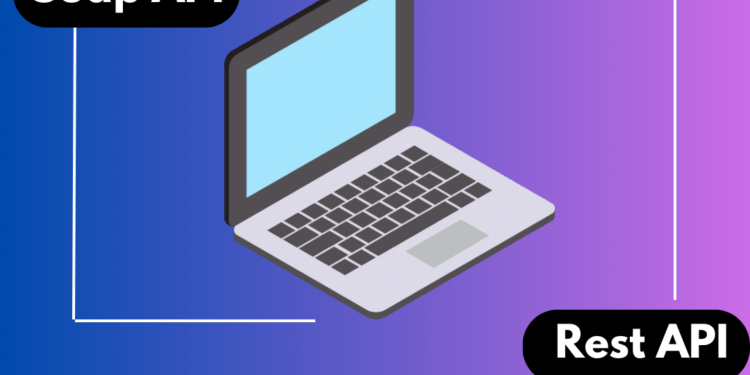In the world of web services, two significant protocols have been widely adopted by developers and businesses alike: SOAP and REST. While both serve the same purpose of enabling communication between different systems or applications over the internet, their approach, functionality, and benefits differ. So which one should you choose for your needs? In this blog post, we’ll explore everything you need to know about SOAP vs REST – from what they are to how they work – so you can decide which protocol suits your project. Let’s dive in!
What is a SOAP Web Service?
The acronym SOAP refers to the Simple Object Access Protocol, a standard for sharing data in a structured fashion utilizing the Hypertext Transfer Protocol (HTTP) and the Extensible Markup Language (XML). Web Services Description Language (WSDL) papers serve as a model for specifying web services and are also used by SOAP. It specifies the client-side SOAP request format and the server-side SOAP answer.
What is a REST Web Service?
REST stands for “Representational State Transfer,” meaning each URL points to a specific object. Hypertext Transfer Protocol co-creator Roy Fielding created the framework (HTTP). An HTTP-based REST API can execute the GET, POST, PUT, and DELETE methods. Depending on their architecture, the features they provide, and the tasks intended to perform, REST APIs can range from easy to implement and scale to complex.
The Difference Between SOAP and REST
SOAP and REST web services are today’s most popular web service protocols. While both serve the same purpose, they differ in several ways.
SOAP (Simple Object Access Protocol) is a messaging protocol that uses XML (Extensible Markup Language) to communicate between applications. It relies on rules for exchanging messages between systems, including message format, transport protocol, and encoding rules. On the other hand, REST (Representational State Transfer) is an architectural style that allows developers to build scalable web services over HTTP. Unlike SOAP, which relies on XML for data exchange, REST uses simple URL-based requests and responses in formats like JSON or YAML.
While SOAP is a standard protocol for exchanging structured data, its architecture is function-driven, whereas REST is data-driven. Unlike SOAP, which exclusively uses XML, REST supports various data formats, including plain text, HTML, XML, and JSON. It improves data readability and browser support. As we saw in the preceding example, SOAP APIs are constrained to XML, and the format comprises the SOAP envelope, header, and body. Yet REST APIs webservice can work with any file type. While JSON has become the de facto standard, other formats are also acceptable for use with REST APIs.
WS-Security, which SOAP supports, is better at the transport level than SSL and more suitable for integrating enterprise-level security technologies. REST can employ HTTPS, the encrypted variant of the HTTP protocol, for end-to-end security. While SOAP and REST APIs can encrypt their communication with HTTPS and SSL, SOAP’s WS-Security adds extra protection by acting at the message level to ensure that only the intended recipient(s) and processes on the server have access to the message’s contents.
Choosing whether to use SOAP or REST depends mainly on your specific needs and goals when designing your application architecture.
In The End
Choosing the suitable web service protocol for your needs is an important decision that can impact the success of your project. While SOAP and REST web services have advantages and disadvantages, it ultimately depends on what you need to accomplish.
If you require a standardized messaging format with built-in error handling and security features, SOAP may be your better choice. On the other hand, if you prioritize simplicity, speed, and scalability in your web services, then REST may be more suitable.
Regardless of your chosen protocol, it’s crucial to remember that proper implementation is critical to ensuring optimal performance. Whether adhering to best practices or optimizing API design for specific use cases, taking steps towards successful integration will go a long way in determining how effective your web services are.




















































